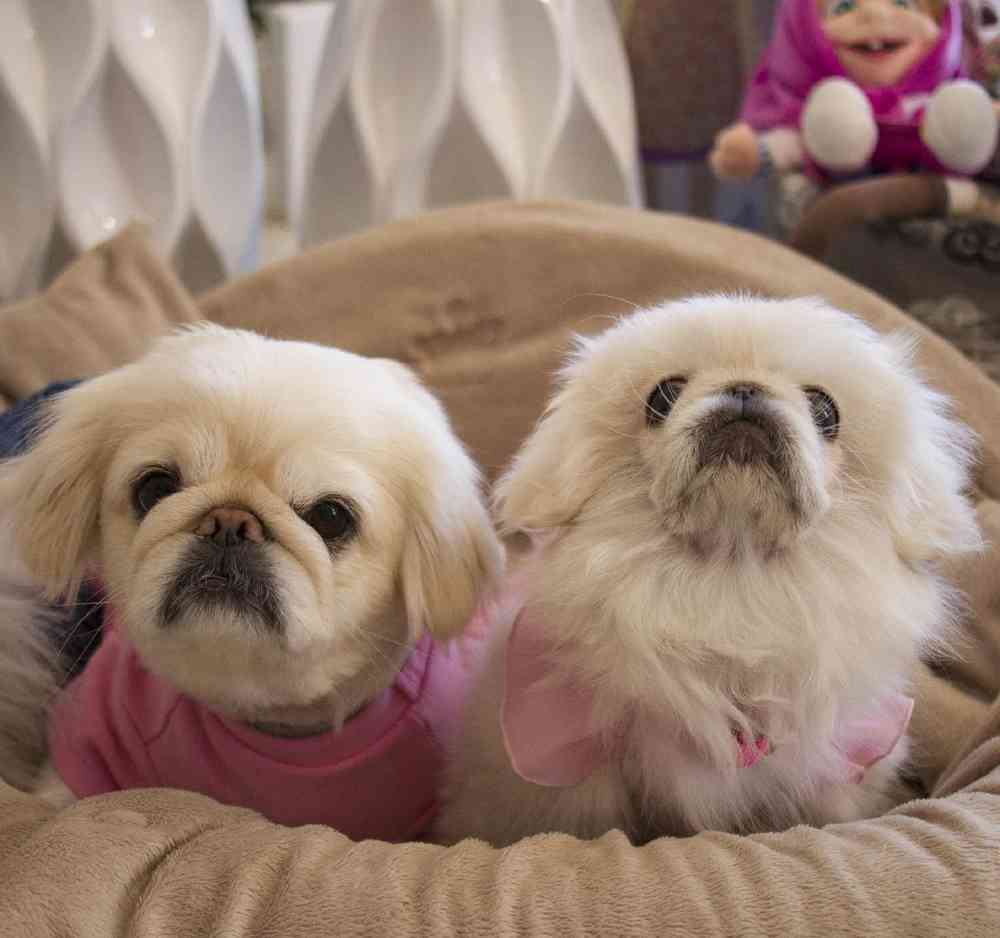Select store
Pekingese

The Pekingese, a compact toy companion of regal bearing and a distinctive rolling gait, is one of several breeds created for the ruling classes of ancient China. These are sophisticated dogs of undying loyalty and many subtle delights.


Want to know more about Pekingese ?
Breed Traits
General Appearance
The Pekingese is a well-balanced, compact dog of Chinese origin with a heavy front and lighter hindquarters. Its temperament is one of directness, independence and individuality. Its image is lionlike, implying courage, dignity, boldness and self-esteem rather than daintiness or delicacy.
Size, Proportion, Substance
Head
Neck, Topline, Body
Forequarters
Hindquarters
Coat and Presentation
Coat
Color
Gait
Temperament
Disqualifications
About
Pekingese are compact, stocky toy dogs weighing up to 14 pounds. The coat is longest at the neck and shoulders, giving Pekes their famous “lion’s mane.” Coats come in various reds, from a golden-red to darker shades. The large, short-muzzled head is a wider-than-long “envelope shaped” rectangle, and the eyes are large, dark, and sparkly. A unique feature of Pekes is their effortless “rolling” gait. Pekes are charming, confident companions who develop a tight bond with their favorite human. Bred to live in palaces, they can be as serenely independent as the emperors who owned them. (They’re “opinionated,” Peke people say.) Ever alert, they make good watchdogs. Pekes will tolerate kids but won’t stand for a lot of roughhousing.
History
Standard
Nutrition
Grooming
Exercise
Training
Health
Clubs, Registries & Associations
American Canine Association Continental Kennel Club Universal Kennel Club International American Kennel Club United All Breed Registry America's Pet Registry, Inc. United Kennel Club (Based on breed recognition. See store for details on this particular puppy.)
Group
Heritage
Personality
Exercise/Energy Level
Additional Information
Interesting To Know
Legend holds a story about a lion falling in love with marmoset. The lion prayed to Buddha to make him small enough to court the marmoset. Buddha granted the lion's wish and the union of the lion and the marmoset produced an offspring who retained the lion's form, gallantry and nobility combined with the mischievous face and mind of the marmoset – the Pekingese. Fifi, the Pekingese, was the girlfriend of Disney's Pluto.


